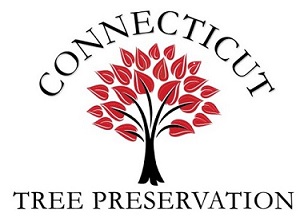Plant Health Care
Foliar spraying to protect against invasive pests such as winter moth, gypsy moth and tent caterpillar.
Horticultural oil applications to control insects on evergreens and ornamentals such as Hemlock Woolly Adelgid, mites and aphids.
Liquid fertilization for root systems lacking proper nourishment. Our custom blend is field tested to get efficient and lasting results.
Tree injection to protect against pine borer and a myriad of insect pests.
Tick control to protect your property, pets and family.












